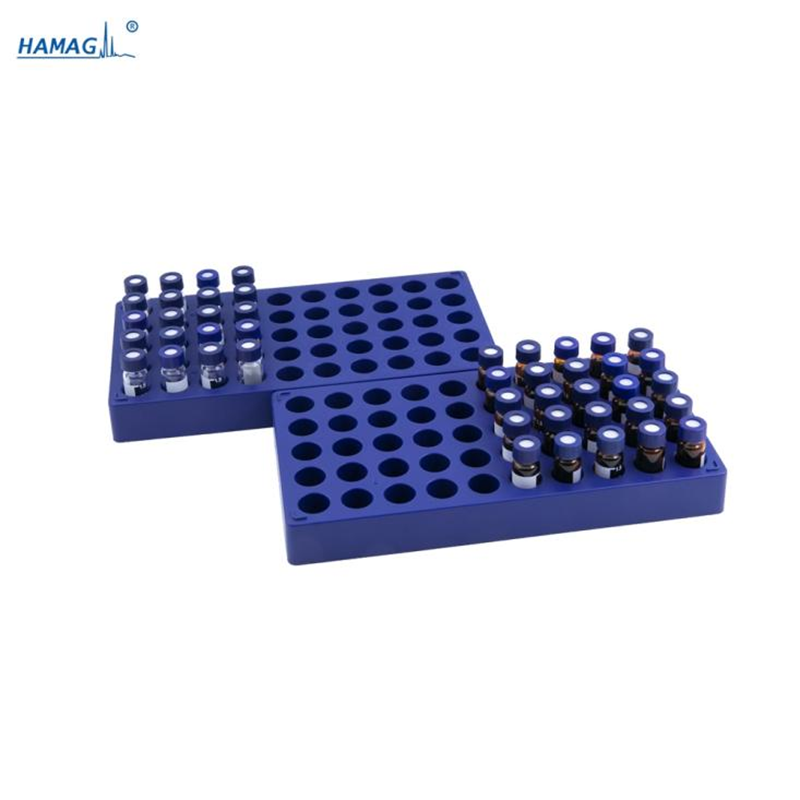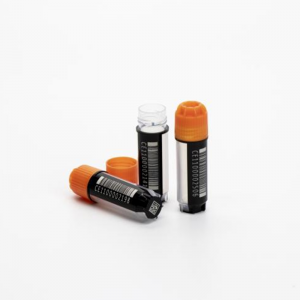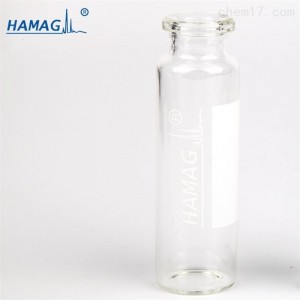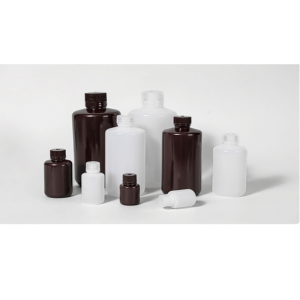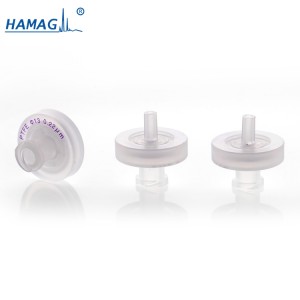Item Lab Use Innovative Blue Bottle Rack with Central Storage Compartment Vial Rack
Description
Our Vial rack has excellent quality and can be used for a long time. This product can not only be placed alone but also stacked. It is small in size, large in capacity and light in weight. Stacked placement will not fall down, will not cause the sample bottle to fall, and has strong stability.Our products can be used instead of products with general specifications on the market, and the product size also matches the products with general specifications on the market.
This series is our innovative invention, which can be customized according to the needs of customers.
Specification
|
Cat No |
Description |
Packaging |
|
HM-0510 |
Blue vial rack 5*10 holes |
|
|
HM-0512E |
Blue vial rack with storage 5*10 holes |
|
|
HM-1010E |
Blue rack box 10*10 holes |
Features
Innovative blue bottle rack with central storage compartment that can be stacked vertically or parallel
Application
For sample vial placement and sorting.
Picture




Vial Compatibility
When selecting a vial, the compatibility between the analyte and the solvent needs to be consi
dered. Common sample characteristics and corresponding vial usage schemes are as follows:
- Light sensitive samples: Brown glass vial;
- Highly polar samples (which are easily absorbed by glass): deactivated vials;
- Small quantities sample: inserts or high-recovery vials;
- Ion analysis: polypropylene vials.
Vial material selection
Linear expansion coefficient refers to the changes of glass length with every time the temperature changed by one degree. In short, The lower the COE is, the greater the temperature change that the glass can withstand. The USP(United States Pharmacopoeia) classified its type based on its water resistance.
-USP I, Class A 3.3 and 5.0 borosilicate glass are the most insert glass and is widely used inlabs, especially for some high requirements methods. They have lower dissolution rate with COE 33 and 50. -USP I, Class B 7.0 Borosilicate glass has a little more alkali metals than Class A glass. It is quite popular with competitive cost and good performance. The COE is 70. Siliconized, or deactivated glass is a deactivated borosilicate glass that has undergone organosila nization of the glass surface.
The glass surface is highly hydrophobic and inert, and is suitable for pH-sensitive compound trace analysis and long-term sample storage. USP Types ll, III, and NP soda lime glass, less chemically resistant than borosilicate glass. Polypropylene (PP) is a hard material that can be processed in many colors and has good chemical resistance, suitable for short-term storage of chemicals, and is the best choice for biological samples and samples with high metal content, such as ion chromato graphy, AA or ICP.
Which vial is best for my sample volume?
The following factors should be taken into account, analysis type, analysis platform and sample volume. Hamag vials provide highly consistent performance in a variety of specifications from 500ml to up to 2000ml. The following table can work as a start to select proper specifications required based on sample volume.


